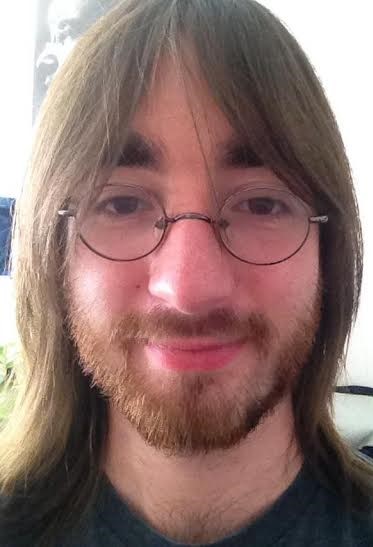A stochastic model has been created to efficiently explore the parameter space surrounding schemes for a new dye-sensitized solar cell and photoelectrochemical constructs. Models of a variety of semiconductor configurations that are populated with surface-anchored light-absorbing molecules and electrocatalysts are simulated under various illumination conditions. Absorption of light by dyes results in the creation of mobile charges that hop by self-exchange electron transfer across the semiconductor surface and ultimately accumulate on electrocatalysts or recombine. Additionally, simulations of transient absorption pulsed-laser experiments are compared to those of continuous illumination conditions to determine if pulsed laser experiments can be used as an analog for real-world sunlight illumination conditions. Results from these simulations help to expand the current knowledgebase for these systems via rapid analysis of a wide range of parameter sets in order to better understand the limitations and possibilities for these and similar systems. It is our hope that these results are used by researchers to better focus their efforts in developing cost-competitive dye-sensitized solar energy conversion technologies.
Speaker:
Institution:
Location:

